Stucco vs Siding: A Comp...
- Mon to Fri: 09:00 am to 07:00 pm
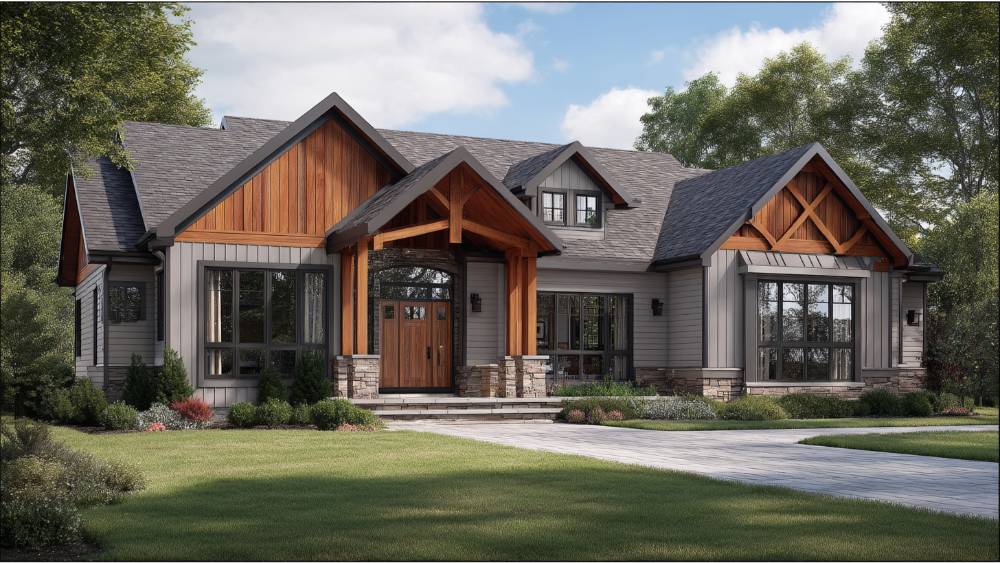
Choosing the right siding is one of the most important decisions a homeowner can make. Your siding protects your home from the elements, influences energy efficiency, and significantly boosts your home’s curb appeal. In Northern California, where we experience everything from wildfires and extreme heat to rainy winters, choosing the best siding is about much more than just appearance. That’s why many homeowners ask us the big question: James Hardie vs LP SmartSide, which is better?
At Pro Superior Construction, we specialize in both James Hardie siding and LP SmartSide siding, and we know how they perform in real California conditions. In this comprehensive guide, we’ll walk you through a detailed comparison of these two industry leaders, highlighting their differences in materials, durability, maintenance, cost, and design.
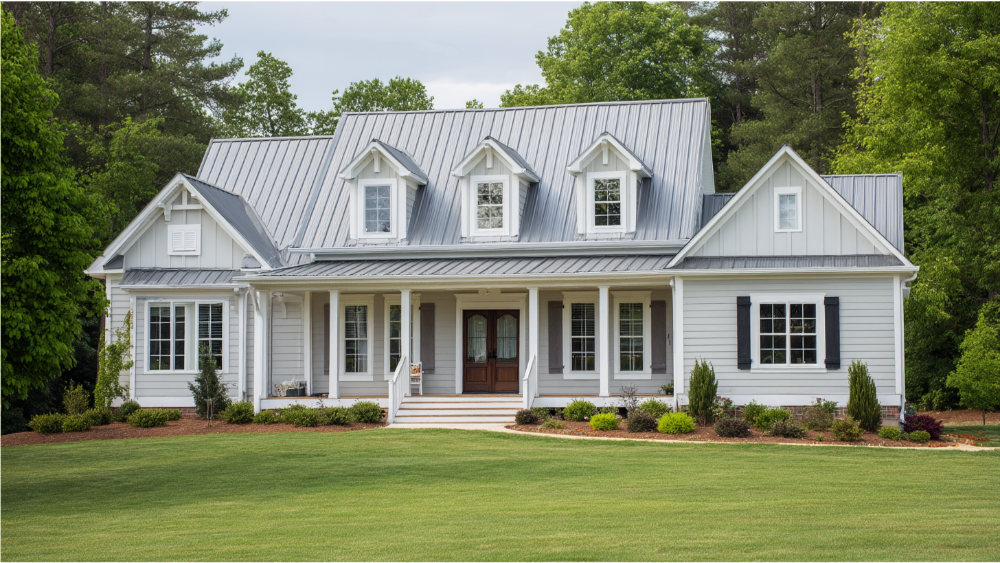
Homes in the Sacramento Valley, Bay Area, and Sierra foothills face unique environmental challenges. Wildfires are a growing concern. So is moisture from coastal fog, heavy rains, and rising humidity. Your choice of siding materials can determine how well your home withstands these risks and helps your home’s exterior maintain its beauty and integrity.
Not all siding options are created equal. Traditional materials like wood siding and vinyl siding may look good at first but often fall short when it comes to fire protection, pest resistance, and long-term durability. This is where fiber cement siding and engineered wood siding step in to offer homeowners smarter alternatives.
James Hardie siding, also known as Hardie board or Hardie fiber cement siding, is a high-performance fiber cement product that has earned a reputation for long-lasting durability and exceptional fire resistance. The company has been a leader in fiber cement technology for decades.
James Hardie fiber cement is made from a blend of Portland cement, sand, water, and cellulose fibers. These ingredients form a tough, non-combustible material that can mimic the look of natural wood, cedar shingles, or even smooth modern panels. This fiber cement material is engineered to resist moisture, insects, warping, and cracking. When cracks or chips occur, a quality cement patching compound is recommended for repairs to maintain the siding’s integrity.
Each product is available with ColorPlus® Technology, a baked-on finish that resists fading and minimizes frequent maintenance like repainting.
With these advantages, Hardie siding is ideal for homes that face extreme weather conditions or those that require less frequent maintenance. It is designed to withstand harsh weather conditions, making it a smart choice for California’s diverse climate.
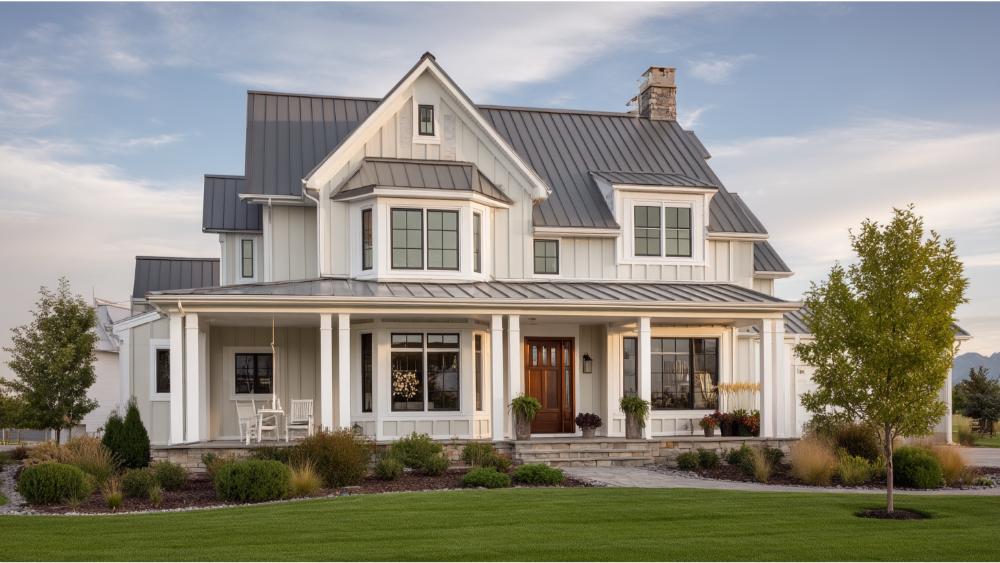
LP SmartSide siding, also known as LP siding, LP smart siding, or SmartSide siding, is a leading engineered wood product. It’s made from wood strands coated with zinc borate, then bonded with resins and waxes. This combination is pressed into durable planks and panels with a natural wood look.
The wood strands are treated throughout using LP’s proprietary SmartGuard® process. This protects the siding from termites, fungal decay, and moisture. Then, a resin-saturated overlay adds a clean, wood like appearance that’s highly customizable.
While LP SmartSide is not non-combustible like fiber cement, it is treated for fire resistant performance and has passed several fire tests. However, James Hardie siding remains the stronger choice for superior fire resistance.
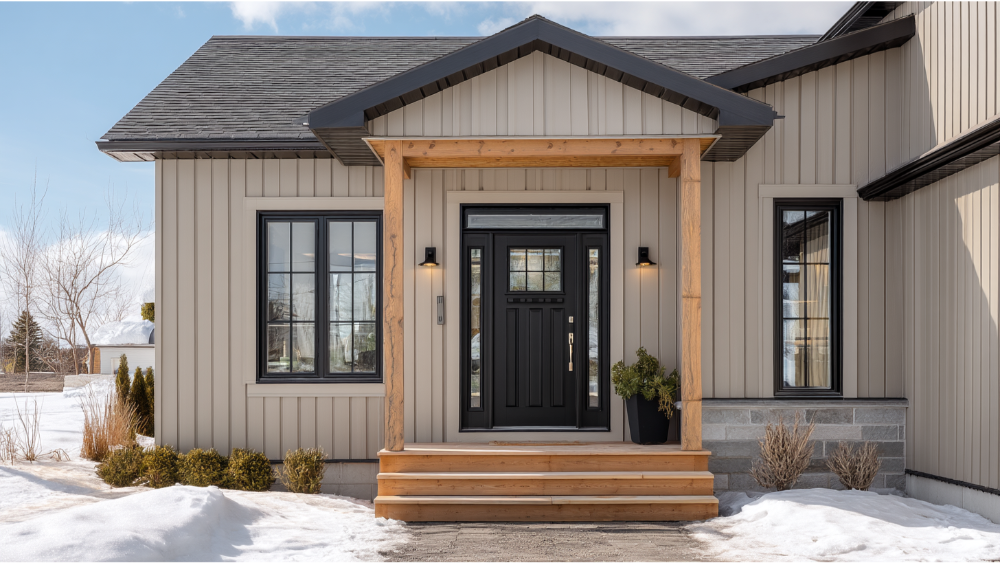
Let’s dive deeper into how Hardie and LP SmartSide compare in performance, maintenance, design, and value.
Fiber cement siding is more durable against fire and moisture, while engineered wood siding offers easier handling and installation.
At Pro Superior Construction, our certified team ensures every siding project is installed correctly, avoiding issues related to improper installation.
Both Hardie and LP SmartSide offer exceptional aesthetic appeal.
Both products can be cleaned with a garden hose, but care should be taken not to force water under joints.
While LP SmartSide offers a longer stated warranty, the James Hardie non-prorated coverage gives homeowners more consistent value over time.
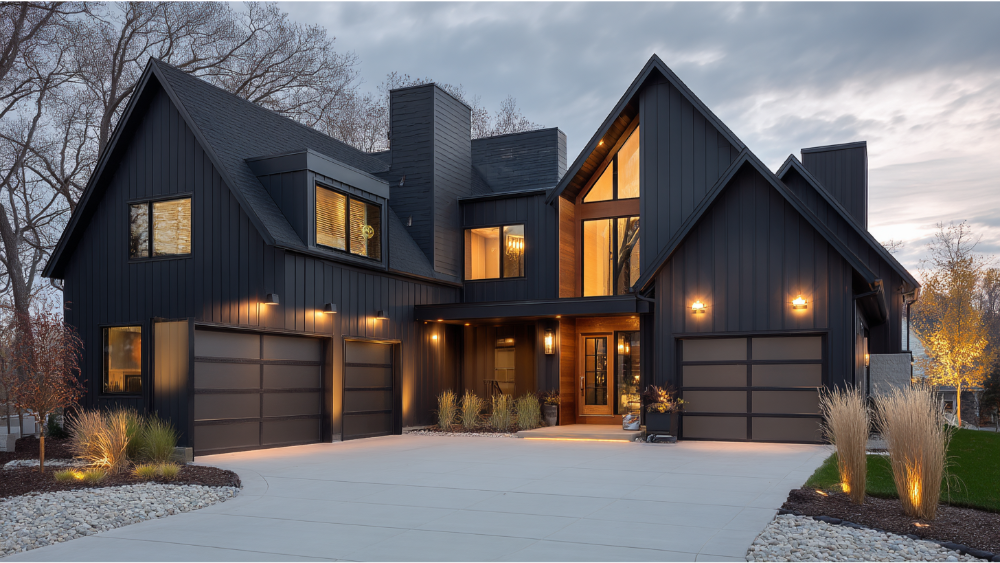
Material and labor costs vary by region, home size, and complexity. Here’s a general idea:
LP siding is more affordable upfront, while Hardie board offers greater long-term value through lower maintenance and higher resale value.
Both James Hardie and LP SmartSide can work beautifully on California homes when installed by the right team.
We’ve installed both Hardie siding and LP SmartSide siding across Rocklin, Roseville, Folsom, and the surrounding region. Based on our experience:
If you’re looking for a contractor who truly understands the difference between James Hardie vs LP SmartSide, Pro Superior Construction is here for you. We’ll walk you through every option, explain siding materials in plain terms, and help you choose the product that best suits your home’s needs and budget.
Yes. James Hardie siding offers better resistance to fire, rot, and moisture. It’s the preferred choice for long-term durability and protection.
James Hardie fiber cement with ColorPlus® Technology offers excellent fade resistance. LP SmartSide can be repainted more often but requires frequent maintenance.
While it performs well, LP SmartSide siding is not non-combustible. For fire resistant homes, fiber cement is the safer option.
Both products offer a natural wood look, but LP SmartSide features deeper grains that closely mimic traditional wood.
Yes, Hardie board has a higher upfront cost, but its durability and lower maintenance make it cost-effective over time.
Whether you’re building new siding, renovating, or upgrading for safety, the team at Pro Superior Construction is ready to help. We’re certified experts in both James Hardie siding and LP SmartSide siding, and we proudly serve Rocklin, Sacramento, and the Bay Area.
Contact us today for a free estimate and personalized siding consultation.